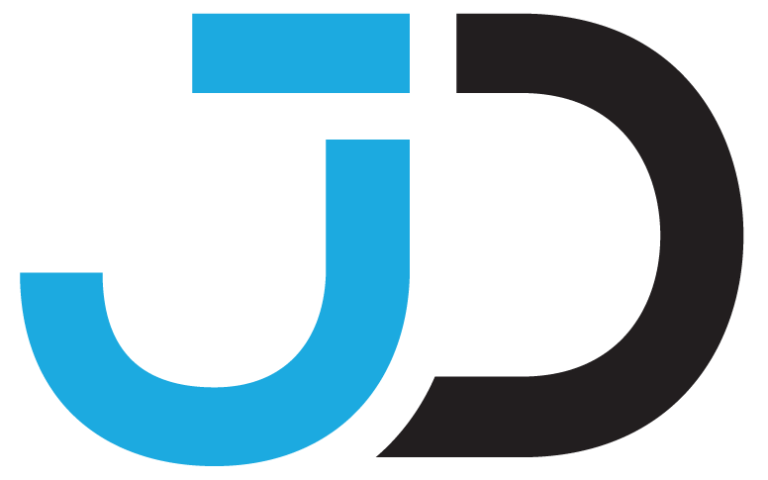Recognized for his innovative leadership in eCommerce, FinTech, and business agility, Jose Daniel Duarte Camacho unveils a series of strategic recommendations aimed at helping organizations become more agile and resilient. These insights come at a time when global markets demand adaptive strategies and rapid decision-making to remain competitive.
Embracing Dynamic Planning Over Static Forecasts
Duarte Camacho emphasizes the importance of dynamic planning processes over rigid, long-term forecasts. “Static projections fail to anticipate swift market disruptions,” he notes. Instead, he recommends rolling-wave planning—repeatedly reevaluating strategy every quarter, using real-time data to adjust course based on shifting customer needs, technological changes, or regulatory updates. He adds that such adaptability helps organizations maintain relevance without overcommitting resources.
Cultivating Cross-Functional Collaboration
Another cornerstone of agile organizations, according to Duarte Camacho, is dismantling silos. He advises companies to actively promote collaboration across traditional departmental boundaries—finance, operations, marketing, and technology—to accelerate issue resolution and innovation.
He suggests launching “agility hubs”: dedicated cross-functional teams empowered to work autonomously on incremental solutions. This structure not only boosts communication and shared responsibility, but also nurtures a culture of collective problem-solving.
Leveraging Technology as an Enabler, Not a Crutch
In Duarte Camacho’s experience, digital tools are catalysts—not substitutes—for agility. He advocates for technology frameworks that prioritize flexibility: modular systems and platforms with open APIs, scalable cloud services, and rapid prototyping capabilities.
These support rapid iteration, quick pivots, and low-risk experimentation. He cautions against heavy monetization or vendor dependence without a long-term alignment to business strategy, advocating instead for small-scale pilots with clear checkpoints.
Embedding Data-Driven Decision Culture
Duarte Camacho underscores that agility depends on an organization’s ability to use real-time data effectively. He proposes embedding key performance indicators (KPIs) into daily operational dashboards to inform decisions on current processes.
He encourages teams to ask: “What metrics matter most today?” This mindset empowers teams to spot trends early, course-correct quickly, and align resources with what works—mirroring agile principles of continuous feedback and improvement.
Empowering Empowerment With Accountability
True agility, he explains, requires decentralized decision-making. Duarte Camacho encourages companies to clarify decision rights, empower frontline employees, and equip them with the authority to act within defined limits.
This reduces dependency on hierarchical approvals. He also stresses the need for accountability frameworks—clear objectives, guardrails, and transparent metrics—ensuring swift action without compromising risk management.
Cultivating a Learn-It-All Culture
Duarte Camacho views agility as grounded in continuous learning. He recommends organizations commit to ongoing skill development, including agile methodologies, systems thinking, and digital fluency. He suggests forming internal learning communities, peer-to-peer mentoring, and short “learning sprints”—intensive workshops or brief action research projects. This produces rapid iteration and embeds a mindset of experimentation.
Fast-Tracking Innovation Through Minimal Viable Products (MVPs)
Innovation, he asserts, should be lean and fast. Launching a minimal viable product (MVP) reduces time-to-market, gathers early feedback, and informs iterations. Duarte Camacho provides a case study: a mid-sized retailer in Latin America piloted an MVP for contactless delivery using existing street-level workflows and off-the-shelf tools. By validating feasibility in six weeks, the pilot helped the company capture the growing demand for contactless fulfillment without major upfront investment.
Adaptive Risk Management Over Blanket Risk Avoidance
Duarte Camacho calls for reframing risk from “something to be avoided” to “something to be managed adaptively.” He promotes risk scenarios tested through simulation, real-time monitoring, and rapid contingency development.
This contrasts with static risk registers that are rarely updated and often neglected. By adopting adaptive risk practices, organizations can anticipate disruptions—from supply chain shocks to sudden regulatory shifts—and mobilize faster.
Measuring Agility and Celebrating Small Wins
He encourages leaders to measure not just outcomes, but agile behaviors—cycle times, experimentation rates, cross-functional coordination levels, and employee empowerment. Celebrating quick wins reinforces agile practices and builds momentum. Even small incremental improvements can boost morale and build confidence in the broader cultural shift toward agility.
Final Thoughts: Agility as an Organizational Mindset
Duarte Camacho asserts that business agility is not a project—it’s a mindset shift. He explains, “It’s the DNA of organizations that thrive amid change.” By combining dynamic planning, technology enablement, data-driven decisions, and decentralized authority, companies position themselves to not only survive turbulence, but to leverage it as opportunity.




